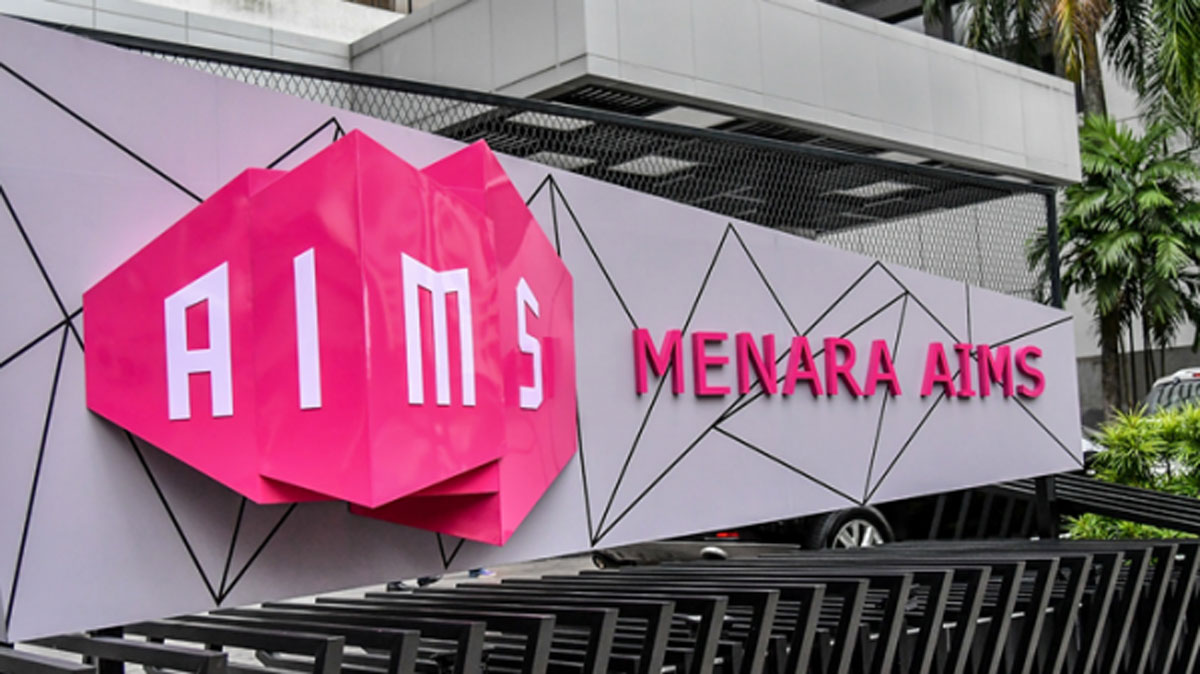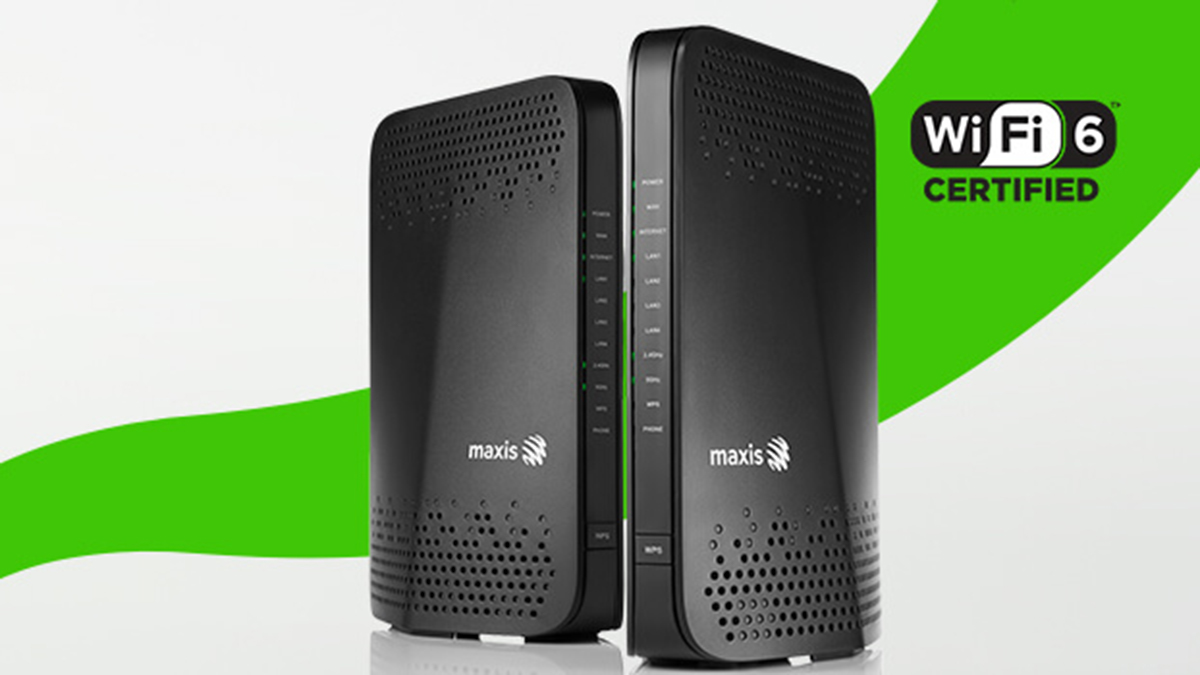Digital transformation is no longer a thing of the future. In this increasingly digital marketplace, data is the key strategic asset for businesses to remain agile and effective.
To do so, more and more organisations are launching various digital transformation initiatives such as data analytics, machine learning, robotics, and artificial intelligence to boost their business’ returns and efficiency. Such efforts are already seeing measurable returns, according to 58% of C-Level executives in Malaysia in a study by Workday in partnership with IDC Asia Pacific[1].
Investing in the right technologies is crucial, and one area that businesses should look into is co-location and hybrid cloud computing.
The competitive edge of hybrid cloud computing
With all the buzz surrounding cloud computing today, public cloud services have become a popular option among organisations. More businesses are migrating their services and application development to the cloud to take advantage of its cost efficiency, flexibility, scalability, and collaboration efficiency.
However, some local organisations may still be reluctant to migrate to the cloud. Among the key challenges that hinder them from adopting cloud in their day-to-day business operations include lack of awareness of the cost benefits and the cloud migration process as well as cybersecurity issues.
Cybersecurity is also an issue if the organisation’s applications use highly confidential data that can’t be stored off-premise. Public cloud services also have their fair share of concerns, such as performance, control, regulatory, compliance, and security threats. The existence of legacy monolith apps or systems may also prevent an organisation from making the migration.
To address these challenges, many organisations are adopting hybrid cloud computing. In essence, a hybrid cloud is a computing environment that combines both public and private cloud. Part of the organisation’s IT capabilities and data are moved to the cloud (public) while certain elements remain hosted in a single-tenant environment (private).
Migrating to a full cloud environment without proper planning has its risks and pitfalls. A hybrid cloud model allows an organisation to streamline its day-to-day functionality without interrupting its core services. Hybrid cloud computing also offers a degree of flexibility and scalability since businesses can take advantage of the computing power of a public cloud when necessary while keeping essential business functions securely separated.
Furthermore, the computing workload of an organisation’s day-to-day operations will usually fluctuate depending on demand, making massive capital expenditures to handle short-term resource spikes costly and ineffective. Hybrid cloud computing with a direct connection to a global cloud service providers (CSP) would allow organisations to offload to a public cloud when required, so organisations only have to pay for the additional storage and compute resources they have ‘rented’ temporarily.
Selecting the right hybrid cloud deployment
The adoption of hybrid cloud technology has become increasingly important, however choosing the right data centre is also vital for any business strategy. Organisations need data centres that provide comprehensive global points of presence and connectivity. AIMS Data Centre, a leading cloud infrastructure services provider in Malaysia, offers direct access to multiple global CSPs. Instead of multiple connections, a single connection is all that is required to connect to global CSPs, simplifying IT infrastructure management. The connection also bypasses the public Internet, which enables better latency and enhanced security & consistency when accessing cloud services.
By co-locating with AIMS, businesses can be linked to its dynamic ecosystem for faster, more optimised performance. As one of the most interconnected data centres in the region, AIMS Data Centre can help to accelerate your company’s digital transformation and deliver greater value to customers and stakeholders.
Improving business efficiency through interconnected data centres
In the past, businesses had to allocate resources to maintain a server room with its own specialist team to manage and maintain individual servers. Today, businesses can greatly reduce their operational expenditures by co-locating in dedicated interconnected data centres, which are instrumental in connecting, supporting, and safeguarding an international business network thanks to their larger bandwidth and capability to connect to multiple transit providers.
As the point of connection for local and international Internet Service Providers as well as content providers, a business co-locating at AIMS Data Centre will enjoy direct peering privileges, which means optimised traffic and services at a lower cost.
Data centres like AIMS also offer a host of benefits that organisations may not have the time and resources to set up, such as specialised cooling containment technology, customisable rack solutions, uninterruptible power supply systems, and 24/7 round-the-clock security, monitoring, and support. This means an organisation’s IT team can focus on their core business and maximise its potential, while AIMS takes care of the rest.

About Chiew Kok Hin
Chiew Kok Hin serves as the CEO of AIMS Data Centre (“AIMS”). Chiew
joined AIMS in 1997 and was appointed as its Chief Executive Officer in January
2010. He spearheads AIMS’ strategic development and has been instrumental in
its penetration into the enterprise market, as well as expansion to Cyberjaya
and Singapore. Chiew also played an integral role in developing the Malaysian
Internet Exchange (MyIX), which he also heads as Chairman. He graduated with a
Master of Business Administration from Nottingham Trent University, United
Kingdom.
[1] https://www.digitalnewsasia.com/digital-economy/malaysia-leads-apac-showing-returns-digital-transformation-projects









